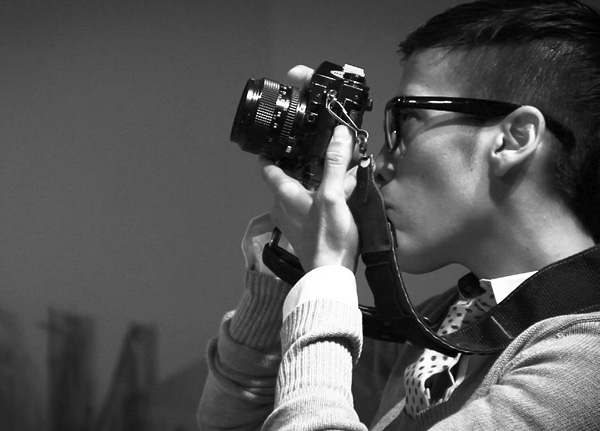
INTERTWINING ROOTS
first performed on September 21, 2013
Galeria de la Raza, San Francisco, CA
performed once in 2013
GIGI OTALVARO-HORMILLOSA
San Francisco, CA
896075794a896075794e896075794r896075794o896075794m896075794e896075794s896075794t896075794i896075794z896075794a896075794@896075794s896075794b896075794c896075794g896075794l896075794o896075794b896075794a896075794l896075794.896075794n896075794e896075794t896075794 896075794/896075794 896075794g896075794i896075794g896075794i896075794o896075794@896075794s896075794t896075794a896075794n896075794f896075794o896075794r896075794d896075794.896075794e896075794d896075794u
gigiotalvaro.com
INTERTWINING ROOTS
GIGI OTALVARO-HORMILLOSA
In September of 2013, I premiered “Intertwining Roots,” a solo performance at Galería de la Raza in San Francisco. This work in progress is a collection of performance vignettes about Argentina’s Dirty War (1976-1983) culled from my fieldwork in Buenos Aires regarding former torture centers and public art projects commemorating the 30,000 disappeared. The performance also incorporates a separate but parallel process relating to my Filipino grandfather, who worked as a diplomat in Buenos Aires during Juan Peron’s term in the ‘40s and ‘50s. My quest for him and research about the disappeared are intertwining processes of memory recuperation. The performance presents a microcosm of the related histories of the Philippines and Latin America through an exploration of my bicultural roots. It also sheds light on an example of historical amnesia that took place in the Southern Cone in the ‘70s in which the U.S. was directly implicated.
The first vignette is a literary reading of my interview with the Vice President of the Grandmothers of the Plaza de Mayo. The organization has been at the forefront of human rights in Argentina since the Dirty War. The reading is followed by an image-based vignette which illustrates the tension between absence and presence, appearance and disappearance. Next, I present a slideshow of photographs taken by Julio Pantoja that features the sons and daughters of the disappeared holding up photographs of their disappeared parents, whom they never met. I then play a video vignette featuring archival photographs and film of my Filipino grandfather in Argentina. After the video, I appear in character as the disappeared journalist and activist Rodolfo Walsh and perform a monologue based on his “Open Letter to the Military Junta,” for which he was assassinated. Two voiceovers based on Walsh’s letters to his comrades and daughter (assassinated six months before him), layered with ambient sounds, play during my costume change. I reappear and read a piece about my phenomenological exploration of Ex-ESMA, the former Naval academy and most notorious of the 360 torture centers that existed. I follow this with another movement vignette related to this site. The piece ends with a letter I read to my grandfather while showing him images of me during my fieldwork in Argentina. The epilogue is comprised of another slideshow that updates the audience on the ongoing trials and public art projects related to the Dirty War.